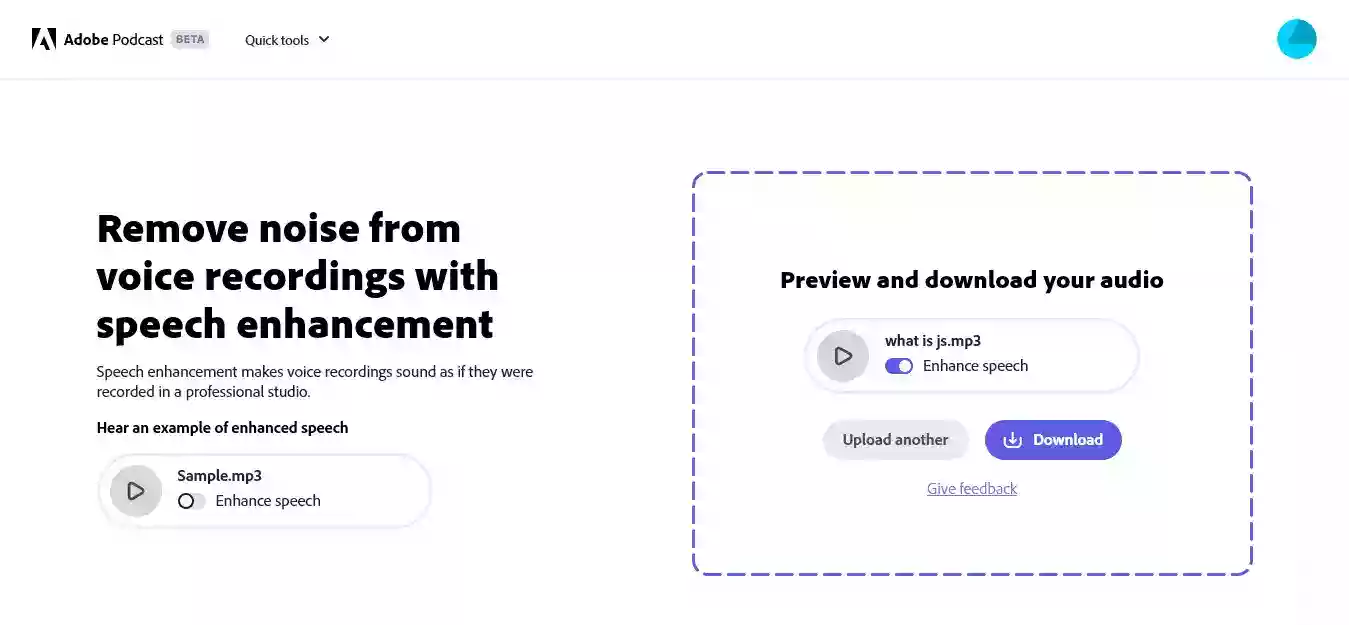How to access an array that is nested in an object? (Javascript)
To access an array that is nested in an object, you need to navigate through the object’s properties and indexes.
There are basically two methods that you can use to access an array that is nested in an object. Let’s look into the methods.
Method 1: Dot notation
One way to access a nested array in an object is by using the dot notation. This method allows you to access properties and sub-properties of an object.
const myObject = {
nestedArray: [1, 2, 3, 4, 5]
};
console.log(myObject.nestedArray);
[ 1, 2, 3, 4, 5 ]
In the above example, we have an object named myObject with a property called nestedArray.
By using dot notation (myObject.nestedArray), we can access the nested array and retrieve its values.
Method 2: Bracket notation
Another method to access a nested array is by using bracket notation. This approach is particularly useful when you have dynamic or variable property names.
const myObject = {
nestedArray: [1, 2, 3, 4, 5]
};
console.log(myObject['nestedArray']);
[ 1, 2, 3, 4, 5 ]
In this example, we use bracket notation (myObject['nestedArray']) to access the nested array within the object.
This method is flexible and allows you to use variables or expressions as the property name.
Wrap Up
Accessing an array that is nested in an object requires understanding the structure and employing the appropriate notation to traverse through the object.
In this article, we explored two common methods: dot notation, and bracket notation. By using these techniques, you can efficiently access nested arrays and work with the data they hold.
Remember to pay attention to the object’s structure and ensure that the properties and arrays you’re accessing are correctly defined.
FAQs (Frequently Asked Questions)
- How do I access a specific element within the nested array? To access a specific element within the nested array, you can chain the index notation. For example, if you want to access the second element of the nested array, you can use
myObject.nestedArray[1](assuming the object and nested array are appropriately defined). - Can I access a deeply nested array within an object using the dot notation? Yes, you can access a deeply nested array within an object using the dot notation. Simply chain the property names together using dot notation to navigate through the object’s structure until you reach the desired array.
- Is there a limit to how many levels of nesting an object can have? In most programming languages, there is no hard limit to the number of levels an object can be nested.
However, it’s essential to maintain code readability and avoid excessive nesting, as it can make the code complex and harder to understand. - What happens if I try to access a non-existent nested array? If you attempt to access a non-existent nested array, you will get an undefined value. It is crucial to ensure that the object and nested arrays you are trying to access are correctly defined and available.
- Can I modify the values within the nested array using these methods? Yes, you can modify the values within the nested array using these methods. Once you access the nested array, you can use standard array manipulation techniques to modify its elements.
- Are there alternative ways to access a nested array in an object? Yes, besides the methods mentioned in this article, there might be other programming language-specific techniques or libraries that provide alternative ways to access a nested array in an object.
It’s always beneficial to explore the documentation and resources related to the programming language you are using.





